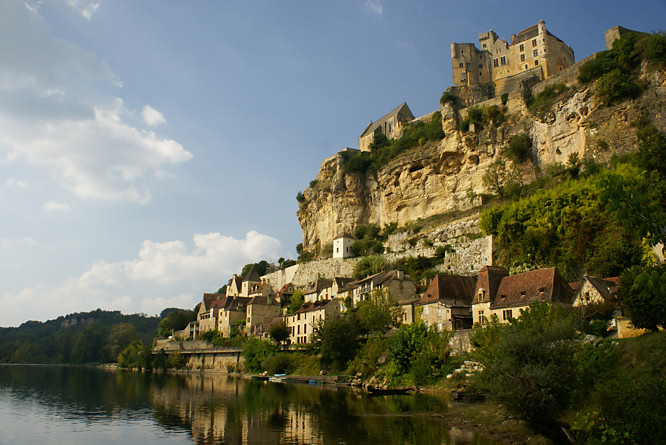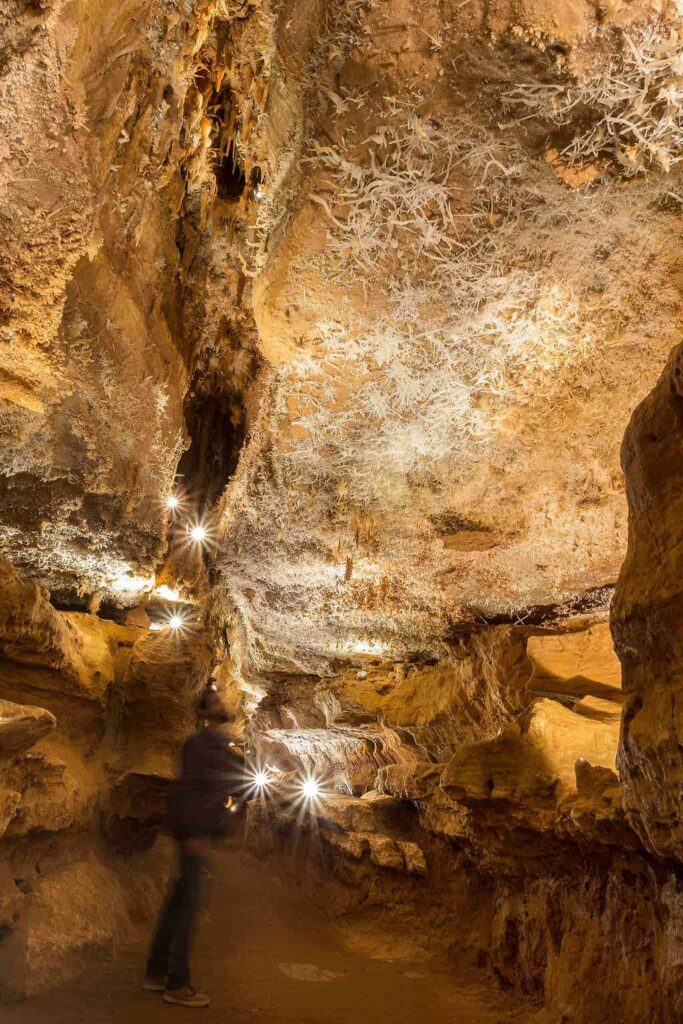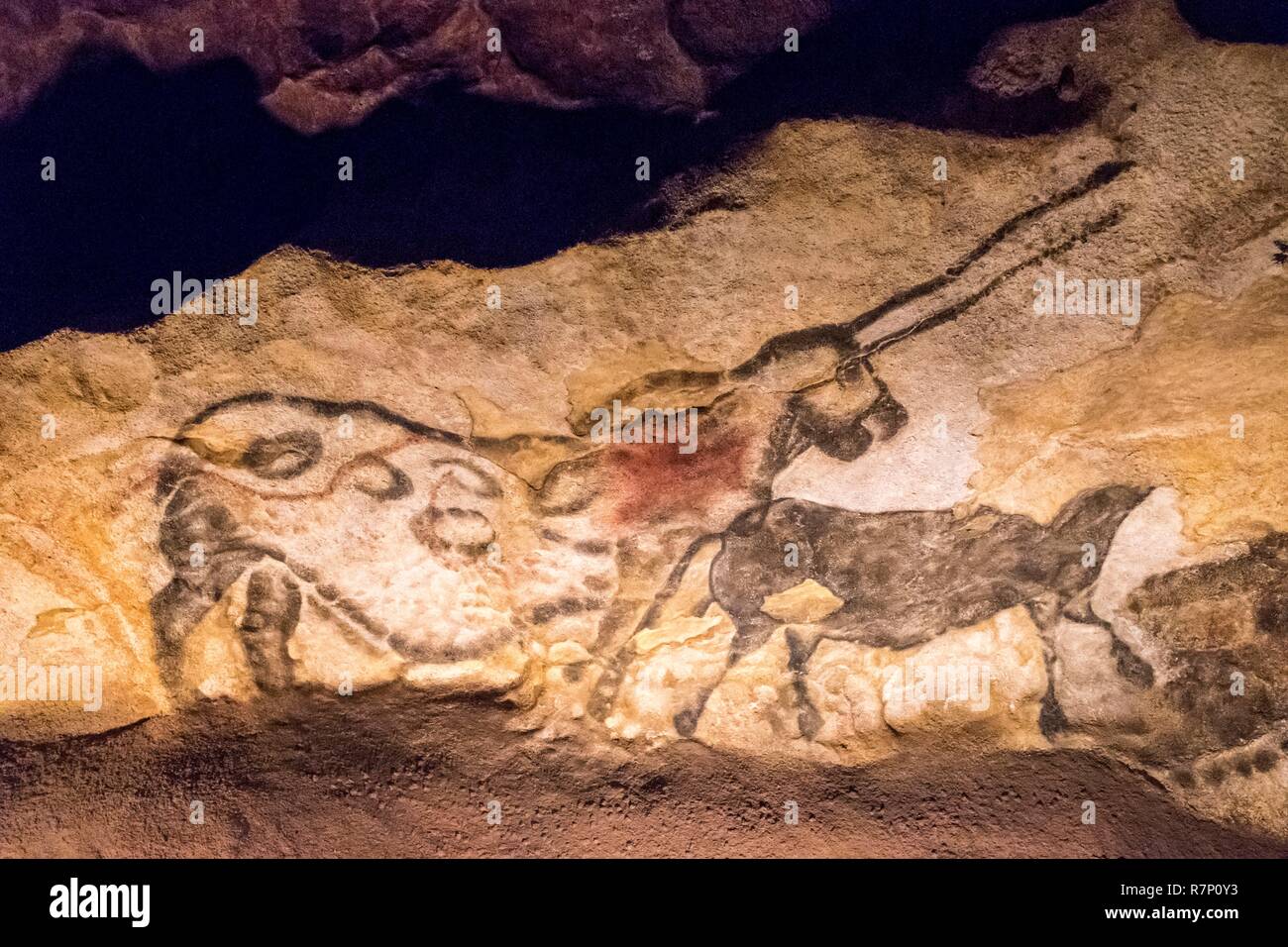
The undisputed highlight of Brantôme is its gargantuan Abbey, dating back to the 8th century and reportedly gifted religious relics by none other than Charlemagne himself! The original structure was sadly destroyed, what visitors can see today is the extensive 19th-century rebuild. We visited in October and practically had the village to ourselves! One of the most visited villages in Dordogne with over 40.000 recorded visits per year – although 70% of these visits happen in July and August. Perched against a limestone cliff and surrounded by the Dronne river, lies the hamlet Brantôme.

There is also a busy commercial center in the heart of the historic town that offers up modern-day shopping and gastronomy making it a vibrant and fun place to be. To bring you back into the modern day then you can stroll around authentically French markets in the old town and enjoy local produce and fine foods. Vesunna museum has some of the best-preserved remains of architecture and artifacts that display life from the 1st and 3rd centuries. Visitors can visit several museums while in Perigueux, which offer up the opportunity to experience Renaissance and medieval collections and artifacts. The town has a vast number of Roman remains that allow you to soak up the splendor of the ancient days and transport you back through France’s rich history. You will encounter a beautiful Gallo-Roman medieval and Renaissance old town, where the UNESCO world heritage site of the Byzantine style Saint-Front Cathedral proudly sits on the Way of St James. Known as a City of Art and History it boasts some of the most important historic heritage. There are plenty of beautiful towns in the Dordogne but few can boast the ancient history of Perigueux. To enjoy the beauty of the town, you might need to kick yourself out of bed early and explore before 09.00 AM or avoid July and August instead opting for June, September, and October to visit. And finally, right at the very top stands the Rocamadour castle, which offers the best views over the sprawling Azou Canyon.Īrguably the most famous village in Dordogne, Rocamadour tends to get very, very busy in the summer months. The lower layer is made up of a selection of restaurants and little shops, the middle layer is a cluster of religious buildings including the famous Chapelle Notre-Dame and the Black Madonna statue which has attracted millions of pilgrims over the centuries. What makes it so special is the way it was built: three distinct layers carved into the cliff slopes, dating back over 600 years. This hamlet is one of 150 officially recognized “Prettiest Villages in France” and is a UNESCO World Heritage Site.

The village of Rocamadour is located in the Dordogne valley and had me picking up my jaw off the ground, it is that spectacular. Tickets €/$6 to be bought online or at the entrance of the castle. The castle can be visited with or without a guide, though it is noteworthy to mention guided visits are held but once a day at 10.00 AM and are entirely in french. The castle lies on the outskirts of town and was built initially as a sumptuous hunting lodge in the 16th century for the first president of the Paris Parliament. Next is the nearby “Grotte de Villars”, huge natural caves containing prehistoric paintings which are accessible to the public.Īnd finally, the reason we ended up visiting, is one of the only Renaissance castles in Dordogne, Château de Puyguilhelm. First off, the fortified church of The Abbaye de Boschaud was built between 11. There are multiple reasons to add the village of Villars to your itinerary. Evidence suggests the town was then further developed in the Middle Ages.

Villars is one of the smaller and older villages in Dordogne with a population of nearly 500, and a history of inhabitation that dates back to prehistoric times.


 0 kommentar(er)
0 kommentar(er)
